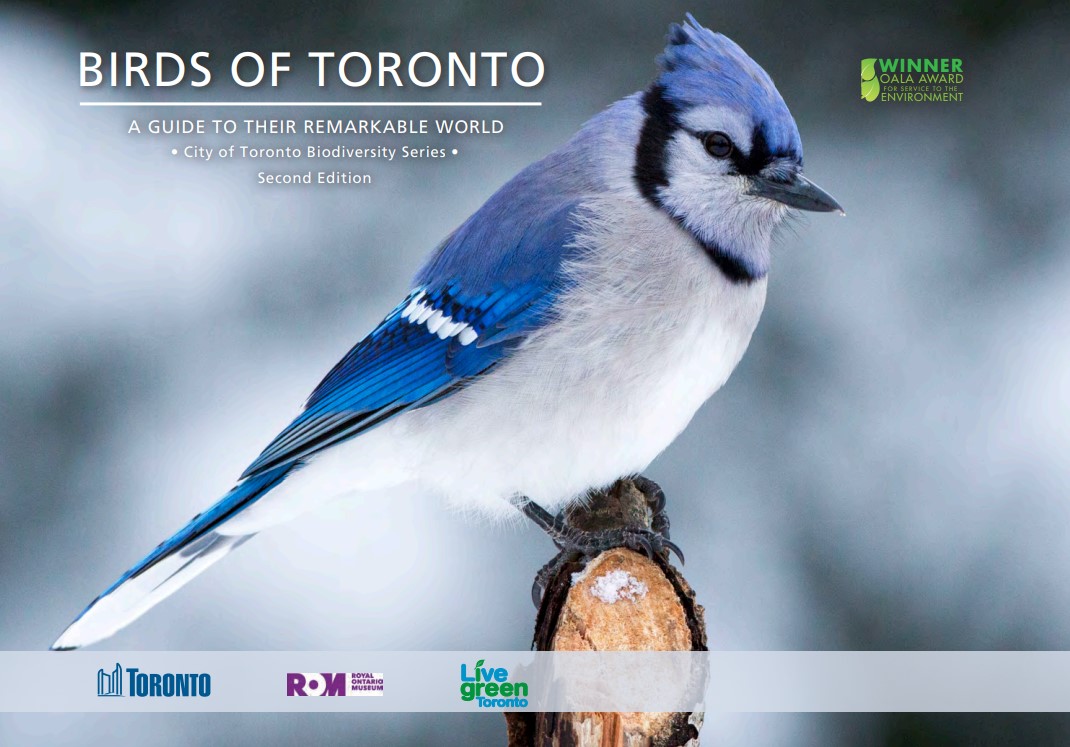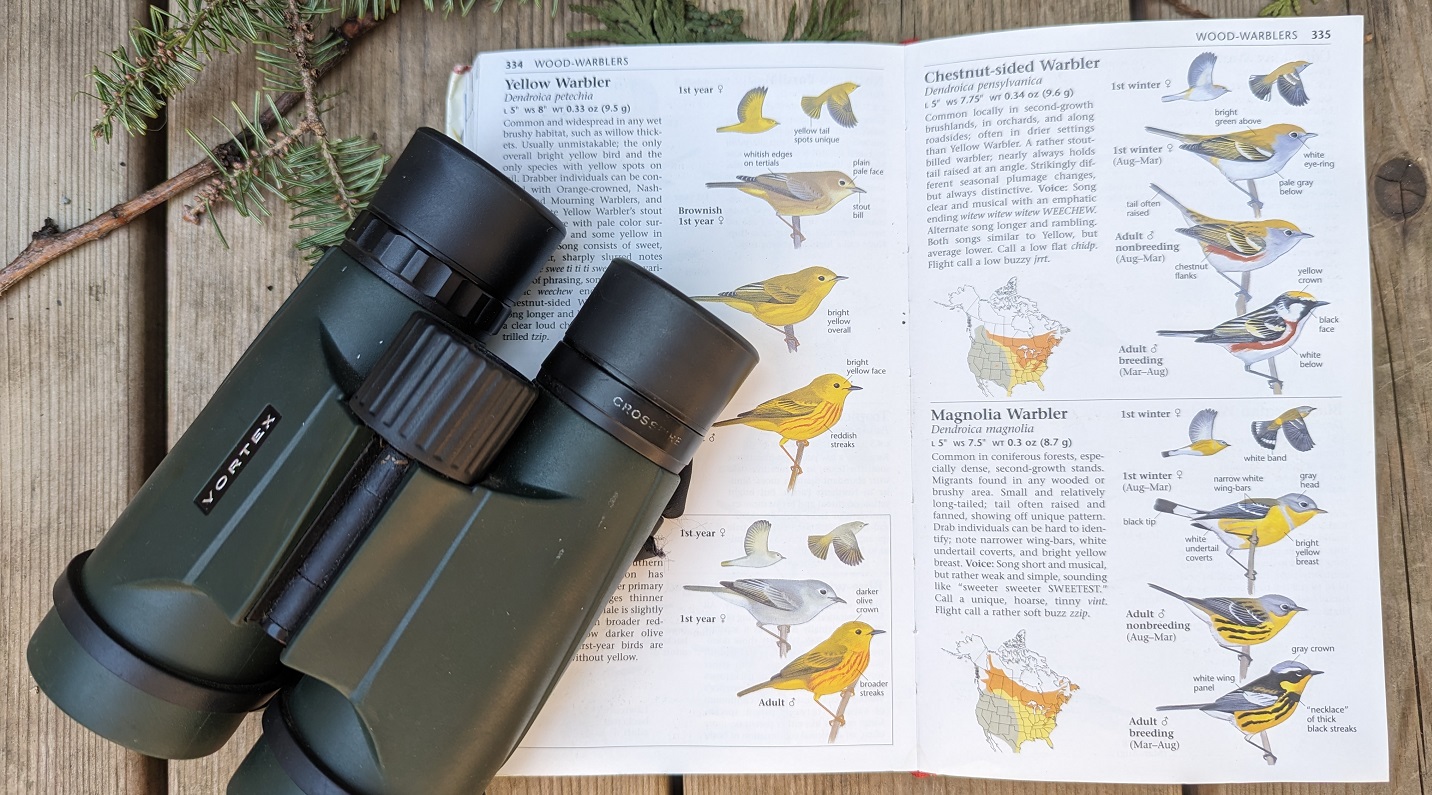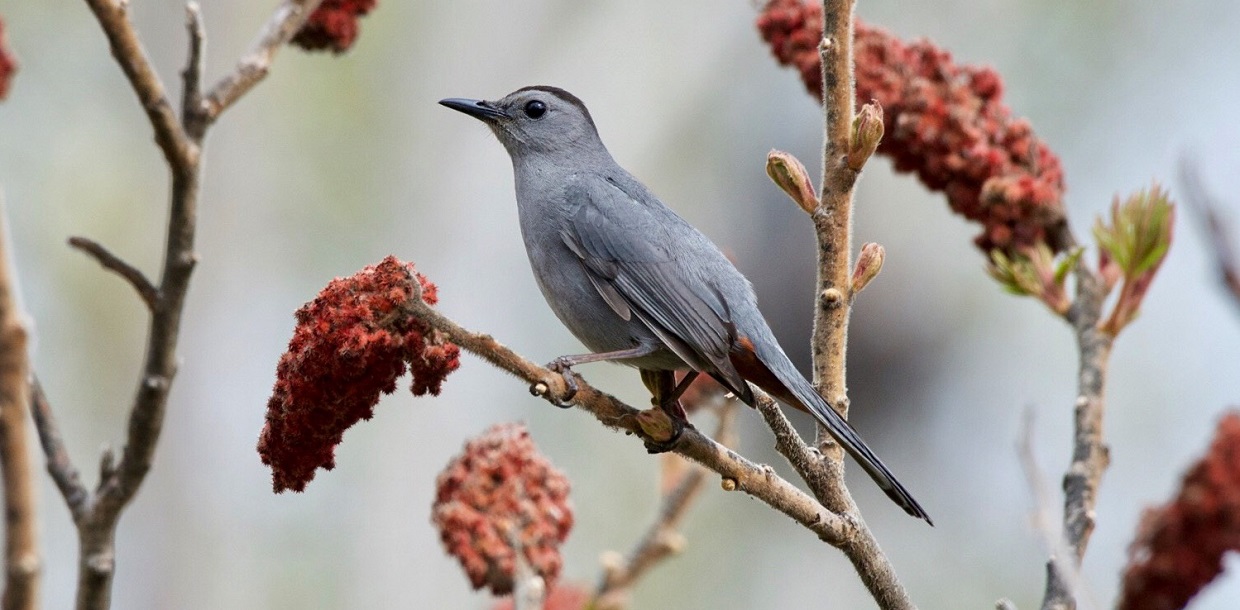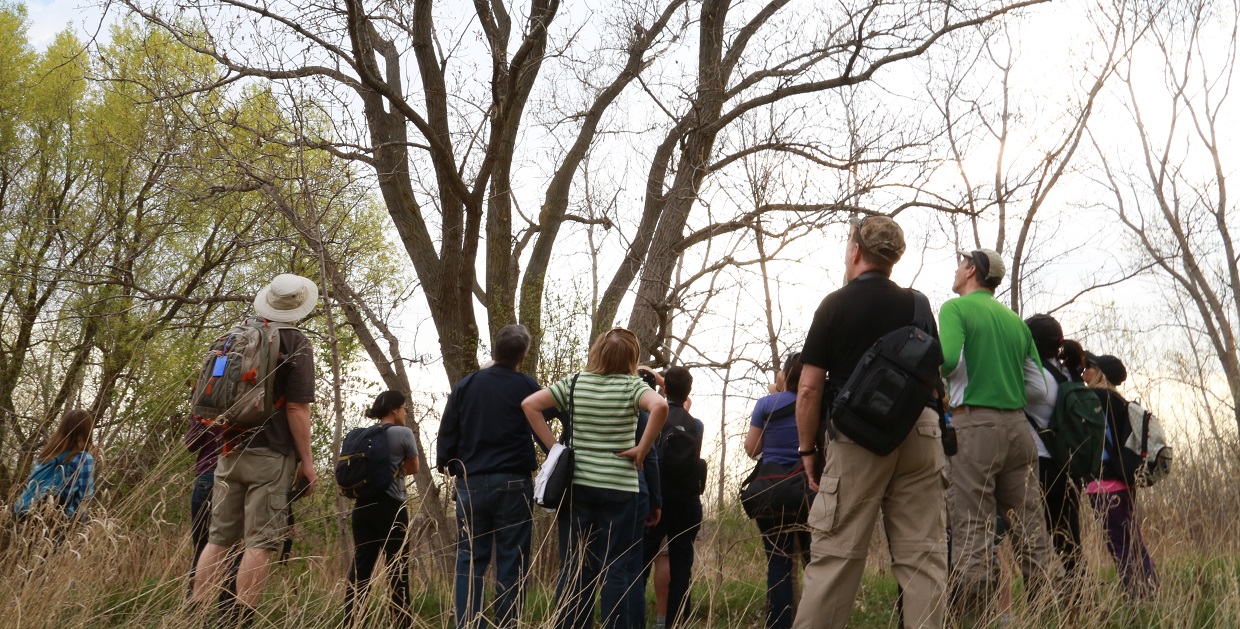Birds play an essential role in our ecosystem. They also share their songs, fly high above, and serenely swim in our waters.
With more than 18,000 hectares of land under its care, Toronto and Region Conservation Authority (TRCA) provides access to some of the best bird-watching locations in the region.



Whether you are a seasoned birder or just beginning your bird watching, TRCA’s Spring Bird Festival at Tommy Thompson Park offers an unbeatable opportunity to celebrate the spring migration. Learn more about birds migrating to Toronto and celebrate their remarkable journey at this free event.
Check out the tips below to enhance your bird watching experience!
1. Do your research
Some preliminary research can help you know what to look for and what you are seeing!
There have been 332 bird species recorded at Tommy Thompson Park. For a rundown of all the species found in the park, check out the Tommy Thompson Park Bird Checklist (to be updated this year).
You can also discover what species have most recently been seen at the park by accessing the eBird hub.
Another excellent resource is Birds of Toronto (2nd Edition) from the City of Toronto Biodiversity Series, a collaborative guide developed with support from TRCA staff.

2. Be equipped
Although you may find it easy to spot birds at your feeder and from your window, it can be more complicated when you’re out in the wild.
A good set of binoculars can help elevate your experience and get that high-definition close-up. Consider bringing your phone and downloading the Merlin App for easier identification.
A field guide or notebook is also helpful for jotting down quick descriptions and drawings.
Be sure to dress for the weather and bring your own snacks and water while in these natural areas.

3. Look for movement
When looking for birds in nature, first use your eyes and ears. Look for motion in trees and shrubs and look for motion in the general direction you hear birds calling from.
Once you see the bird with your eyes, focus your eyes on the bird and, without shifting your gaze, lift your binoculars up to focus on the bird.
Using binoculars can be tricky at first, so keep practicing. And don’t forget: sometimes by the time you get your binoculars focused, the bird has already moved!

4. Be an early bird!
There’s a reason the Tommy Thompson Park Bird Research Station (TTPBRS) is open from dawn until about noon! Birds are often most active in the morning because they are out trying to find food. The early bird gets the worm, and the early birder gets the bird.
Have you ever heard a symphony of birdsong at sunrise? Join TRCA in the early morning hours of Sunday May 7 at the Arsenal Lands Small Arms Inspection Building to experience the magic of the dawn chorus. LEARN MORE.

5. Learn the language
You’ve heard of a bucket list – but have you ever heard of a “life list”? Seasoned birders keep a listing of all the birds they have encountered during their birding careers.
Another notable term is “spark bird”. This refers to the bird that made you want to start bird watching.
Join us at the TTPBRS from dawn until noon during migration (April 1 to June 9, August 5 to November 12) and you might just pick up more lingo.

6. Listen up
Although “watching” is in the name, it doesn’t mean you only use your eyes. If you are struggling to identify a bird by visual cues or if you can’t get a perfect view, listen closely.
Birds make noise for a variety of reasons, including establishing their territory and attracting mates. Listening to these unique songs and calls is an excellent way to identify species even if you can’t see them.
7. Respect the environment
Birds are magnificent creatures that deserve space and respect. Make every effort not to disturb birds or their habitats. Your chances of spotting different kinds of birds will improve if you are courteous and careful in their environments. Be mindful, tread softly and take only memories.

To learn more about besting your birdwatching, join us on Saturday May 13 at the TRCA Spring Bird Festival. This free event at Tommy Thompson Park will celebrate the spring bird migration as well as the 20th anniversary of the Tommy Thompson Park Bird Research Station.
TTPBRS is located on Peninsula D at Tommy Thompson Park. It is approximately 2.5km from the parking lot and is accessible by foot or bicycle. View the Tommy Thompson Park trail map.
Please note that the station is only open during the morning hours, weather (and wind) permitting.
SOURCES:
- CBC Docs POV – Birding for Beginners: What You Need and Need to Know
- Backyard Chirper – Bird Watching at Different Times of the Day
